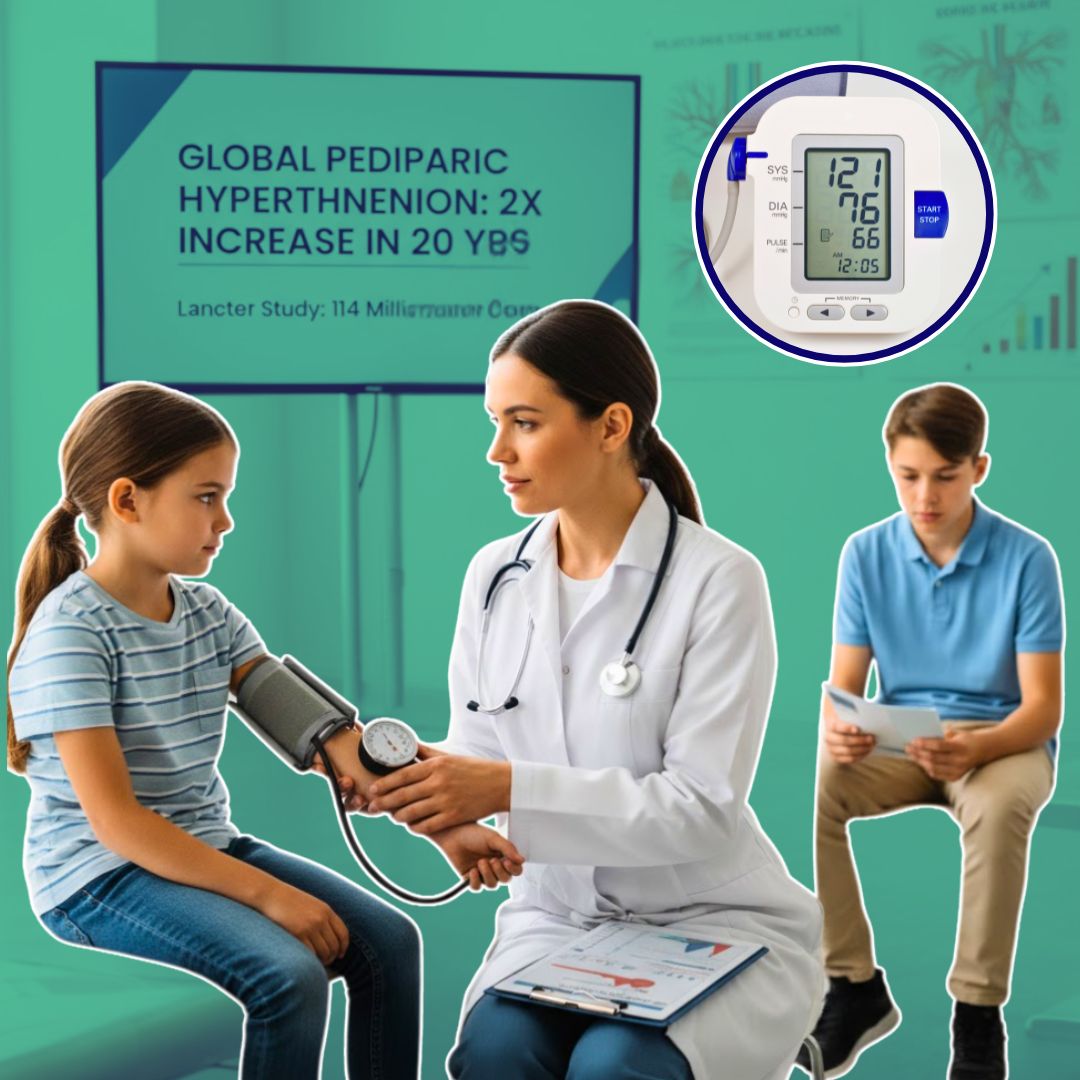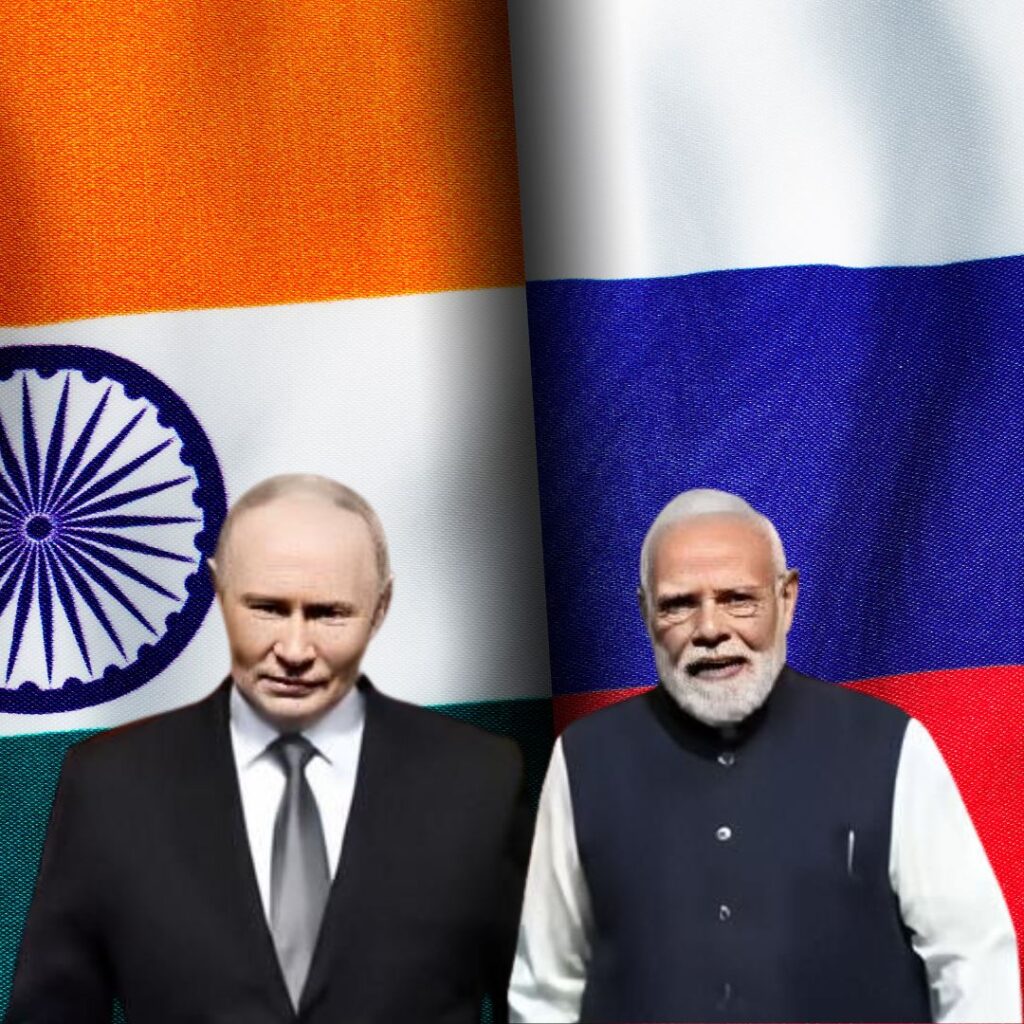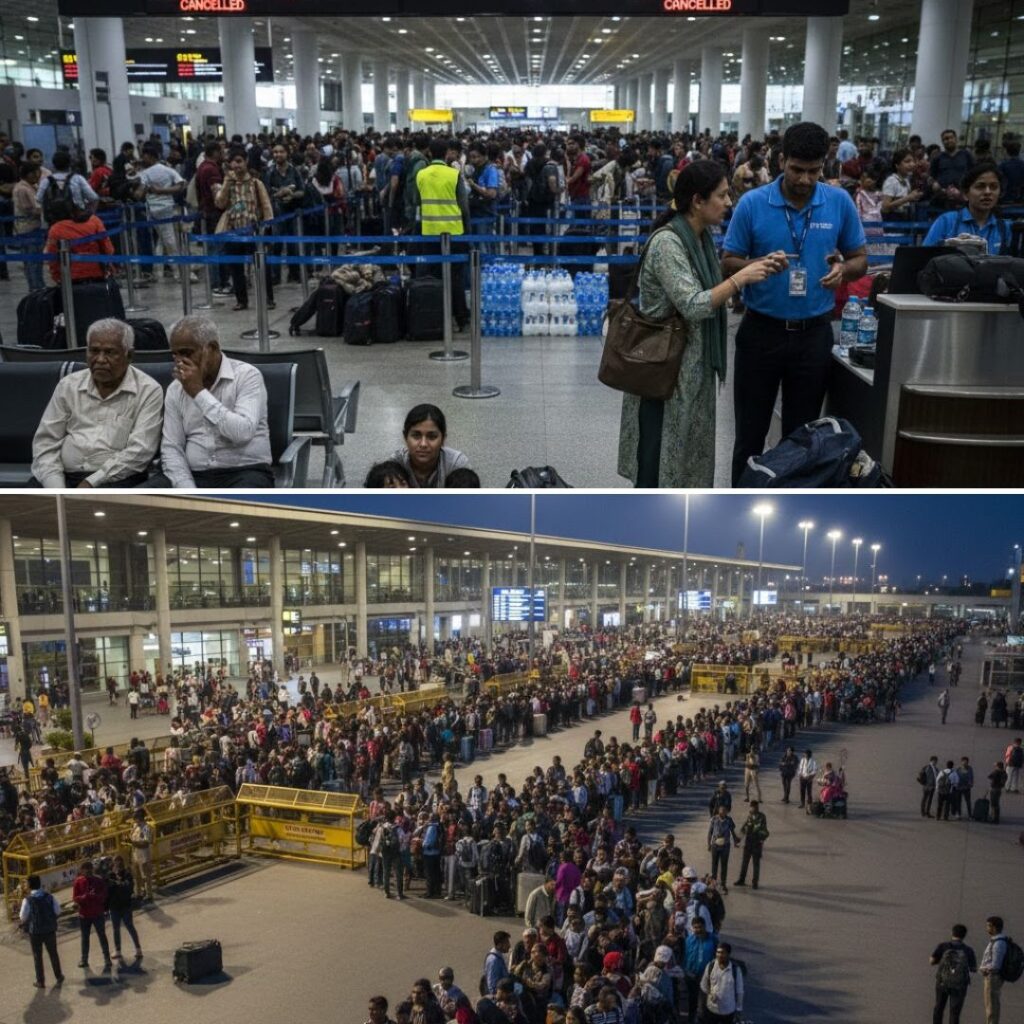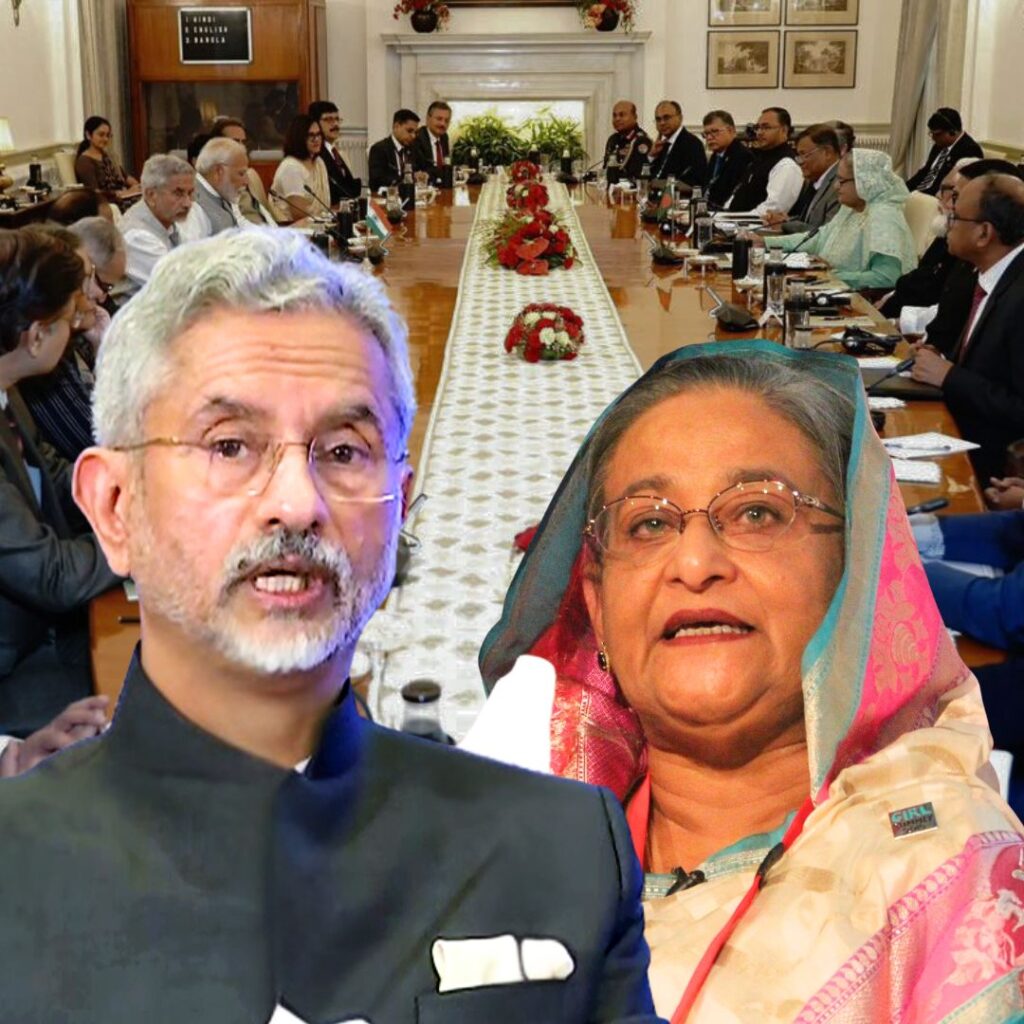The prevalence of hypertension (high blood pressure) among children and teenagers worldwide has nearly doubled in the last two decades, climbing from about 3.2% in 2000 to over 6.2% in 2020.
This is impacting roughly 114 million young people under 19, reveals a comprehensive global meta-analysis published in 2025 in The Lancet Child & Adolescent Health.
The surge is strongly linked to growing obesity rates, poor diets, sedentary lifestyles, and increased screen time. Experts warn the rise poses serious long-term health risks, including greater chances of heart disease and kidney problems, and call for enhanced early screening, broader health education, and government action to curb the crisis.
The Numbers Behind the Surge
The expansive study collated data from 96 large-scale studies involving over 443,000 children and adolescents across 21 countries, offering the most detailed global picture to date. It noted that nearly one in five children and teenagers living with obesity-about 19%-now have hypertension, compared to less than 3% among those of healthy weight.
Prehypertension-elevated blood pressure not yet in the hypertensive range-affects approximately 8.2% of young people, particularly teenagers, where rates can approach 11.8%. Blood pressure rises notably around age 14, especially in boys, highlighting adolescence as a critical period for monitoring.
Additionally, the study revealed that traditional in-clinic blood pressure readings underestimate true prevalence. When out-of-office measurements such as ambulatory or home monitoring were included, estimates rose to 6.7%, highlighting a large number of undiagnosed cases due to masked hypertension.
Underlying Causes and Impact
Experts link this alarming rise to lifestyle changes fueled by increased consumption of processed, salty, sugary foods, declining physical activity, and more sedentary behaviour driven by screen time.
The obesity epidemic is a major driver, as excess weight affects blood vessel function and insulin resistance, making blood pressure harder to control. Childhood hypertension is not just a temporary condition; it often persists into adulthood, increasing risks of early heart attack, stroke, and kidney diseases.
Health specialists warn that if unaddressed, the condition could significantly increase the global burden of non-communicable diseases in coming decades.
They emphasise that many children remain undiagnosed due to limited screening or reliance on single clinic visits, underscoring the need for multiple and regular assessments.
Context in India and Global Responses
India typifies the middle-income countries where rapid urbanisation and lifestyle transitions have profoundly altered children’s health risks. Indian studies report hypertension prevalence as high as 35.1% among young adolescents (10-12 years) and 25.1% among teenagers (13+), rates notably above global averages.
Contributing factors include academic stress, reduced outdoor play, unhealthy diets high in salt and fats, and overall sedentary lifestyles.
National health bodies such as the Indian Council of Medical Research (ICMR), alongside international agencies like WHO and UNICEF, advocate for stronger public health measures.
These include improved school nutrition programmes, routine blood pressure screening during adolescence, awareness campaigns targeting parents and caregivers, and stricter regulations on marketing unhealthy food to children.
Expert Advice on Managing Childhood Hypertension
Experts emphasise that lifestyle modifications are the cornerstone of managing pediatric hypertension. According to Mayo Clinic guidelines, key recommendations include:
- Healthy Diet: Encourage foods rich in fruits, vegetables, whole grains, lean proteins, and low in sodium and processed ingredients. Children aged 2 to 3 should limit sodium to 1,200 mg per day, with older children capped at 1,500 mg.
- Physical Activity: Children should get at least 60 minutes of moderate to vigorous exercise daily, which helps reduce blood pressure and manage weight.
- Weight Control: Maintaining or achieving a healthy weight can significantly lower hypertension risk.
- Limit Screen Time: Reducing time spent on television, smartphones, and computers promotes physical activity and healthier behaviours.
- Family Involvement: The whole family adopting healthier habits makes it easier for children to sustain lifestyle changes.
If lifestyle changes are insufficient, doctors may recommend medication, particularly for severe hypertension, always starting with the lowest effective dose. Regular monitoring, including home or ambulatory blood pressure checks, is advised to detect masked hypertension and better manage the condition.
Dr Wei Huang, lead author of recent reviews, underscores that “early detection and sustained lifestyle interventions are key to reversing hypertension in children and preventing long-term health consequences.” Medical literature also recommends a family-centred, pragmatic approach tailored to the child’s age to maximise compliance and benefits.
The Logical Indian’s Perspective
The doubling of childhood hypertension amidst rising obesity and lifestyle shifts is a stark reminder that children’s health is a shared societal responsibility.
Addressing this crisis requires empathy, education, and concerted action from families, schools, healthcare providers, policymakers, and industry.
The Logical Indian advocates for a compassionate approach focused on prevention through healthy eating, physical activity, routine monitoring, and creating supportive environments free from stigma or blame.












